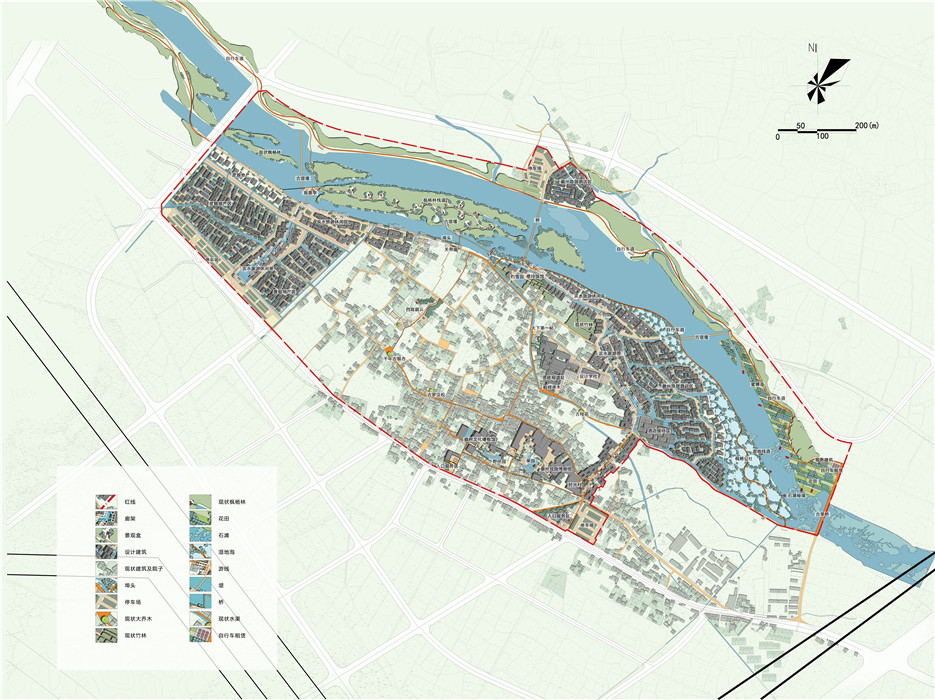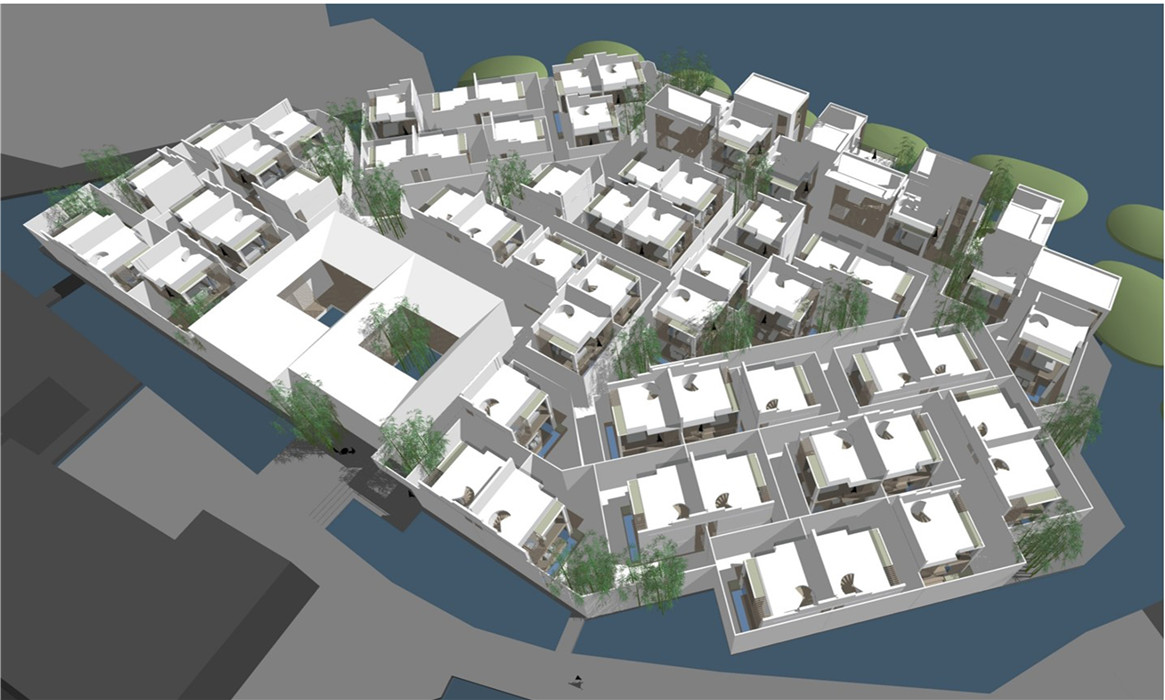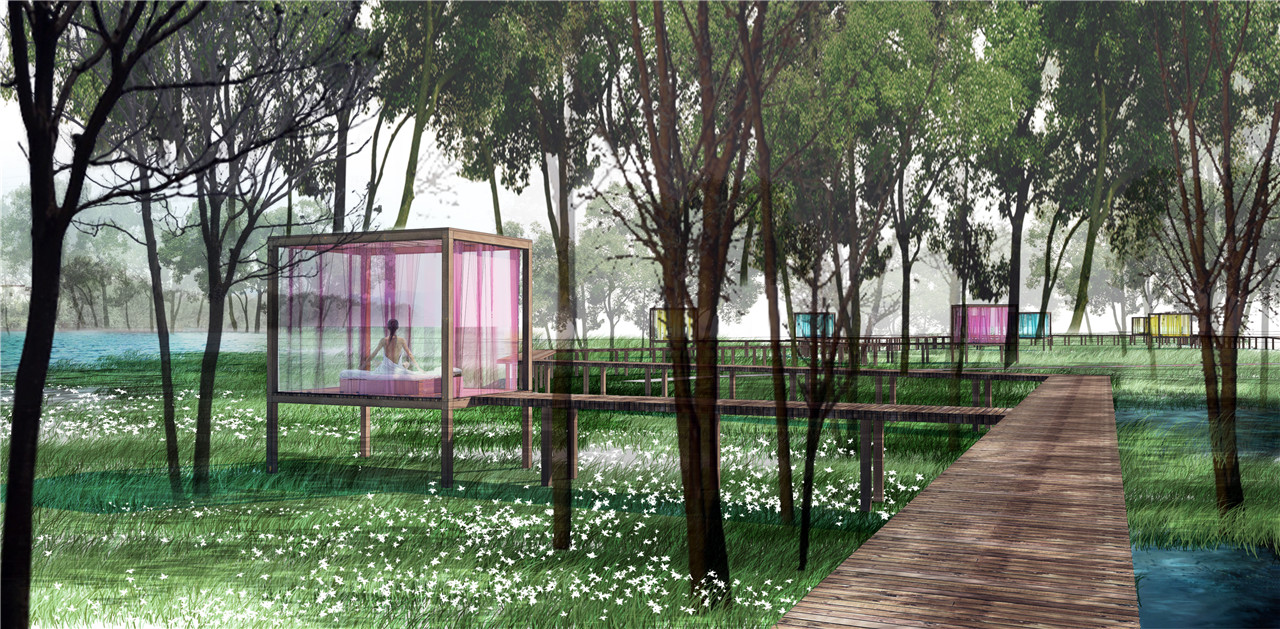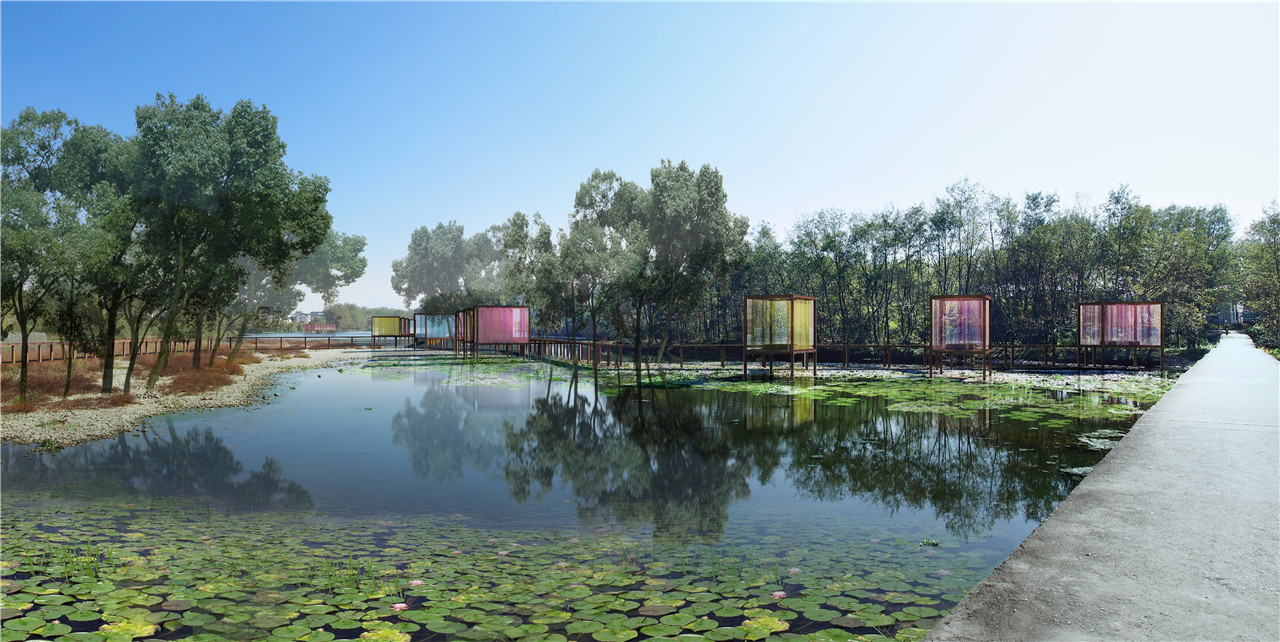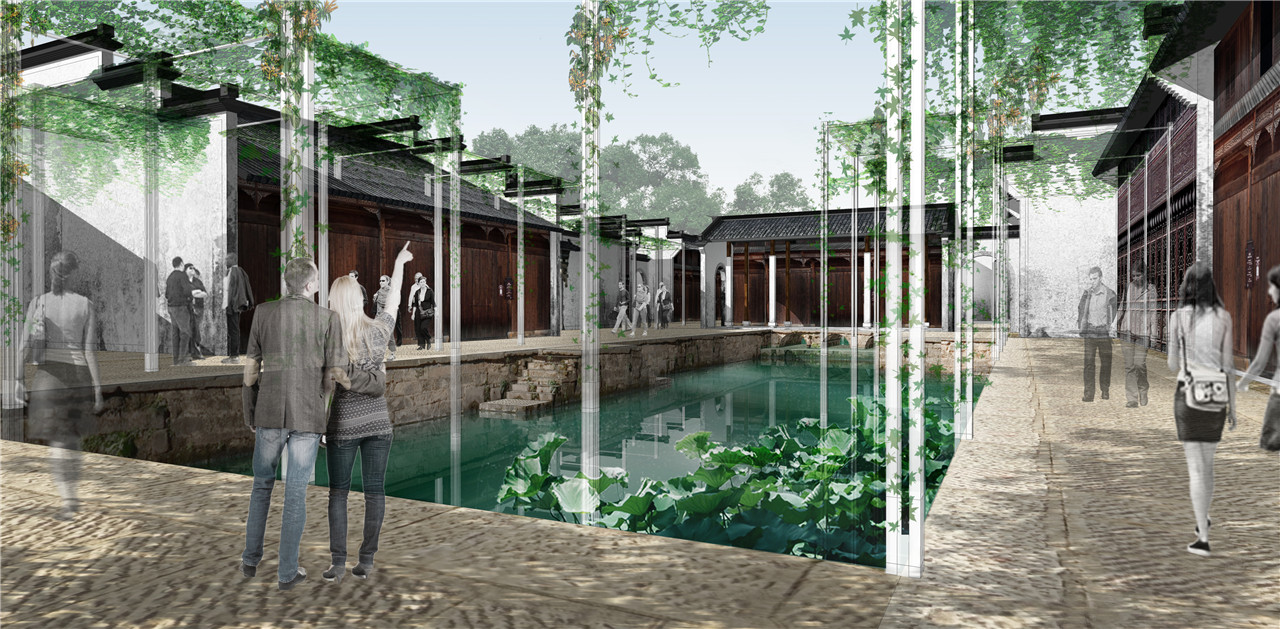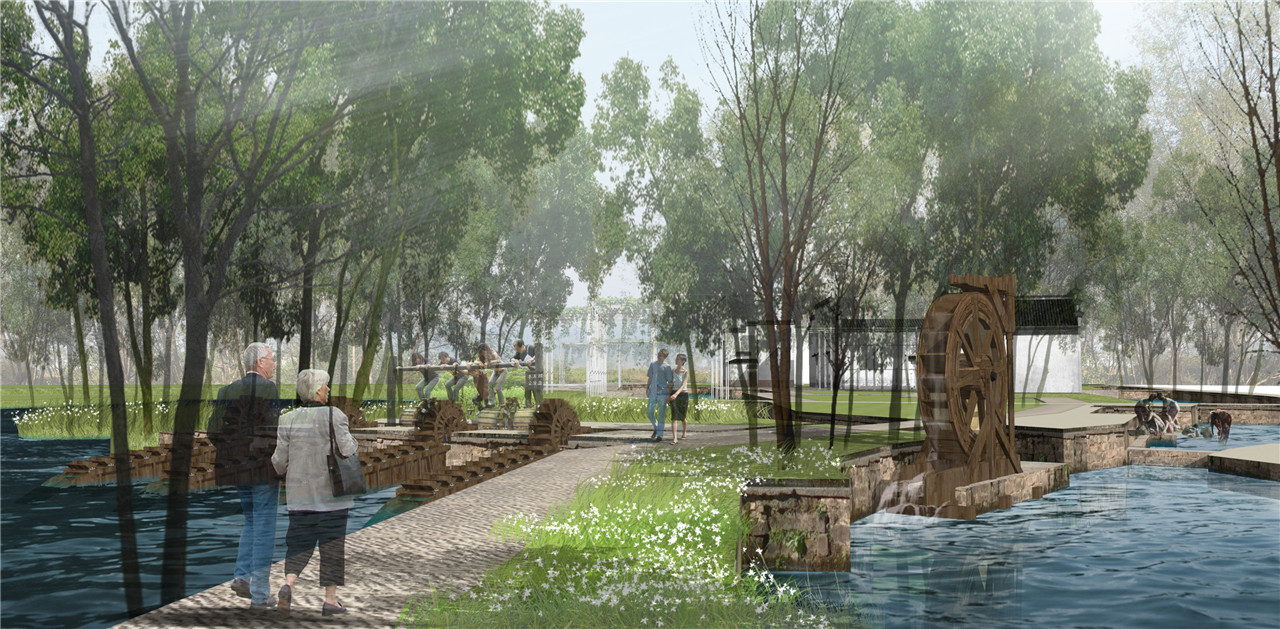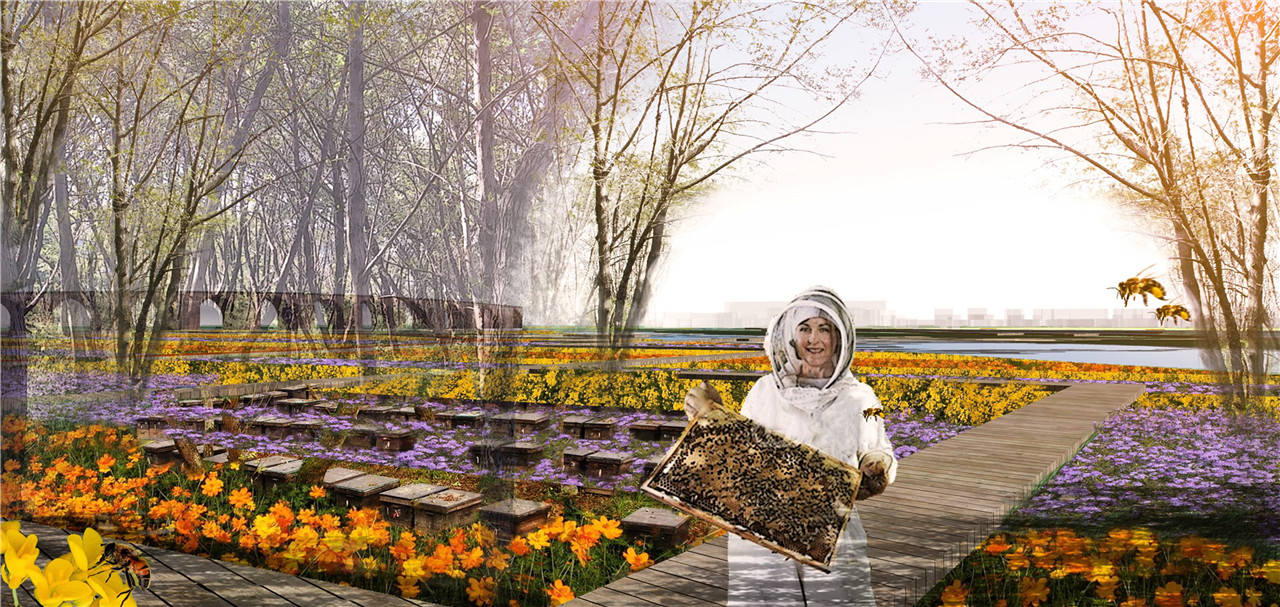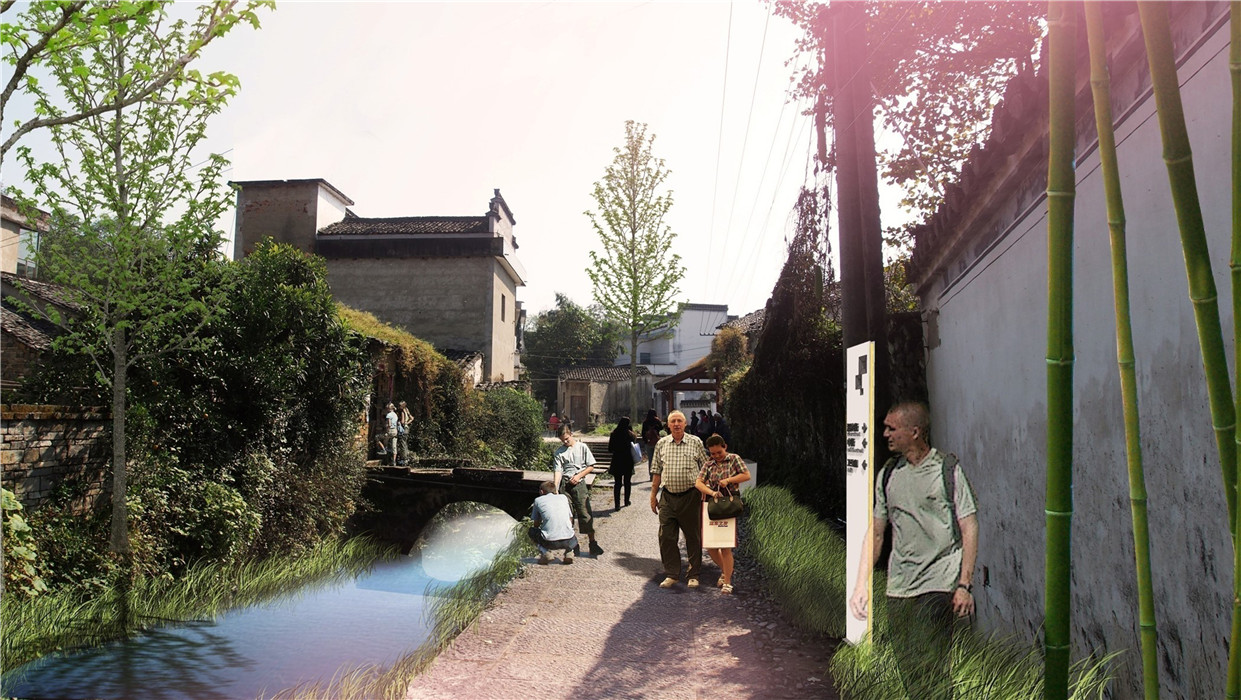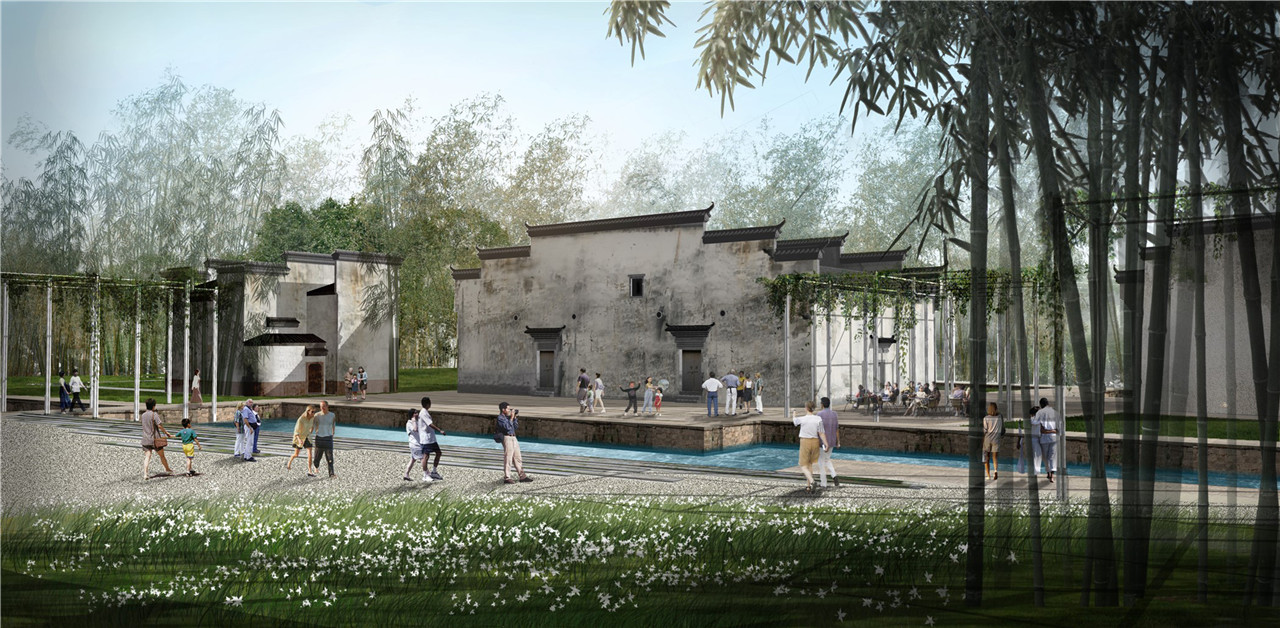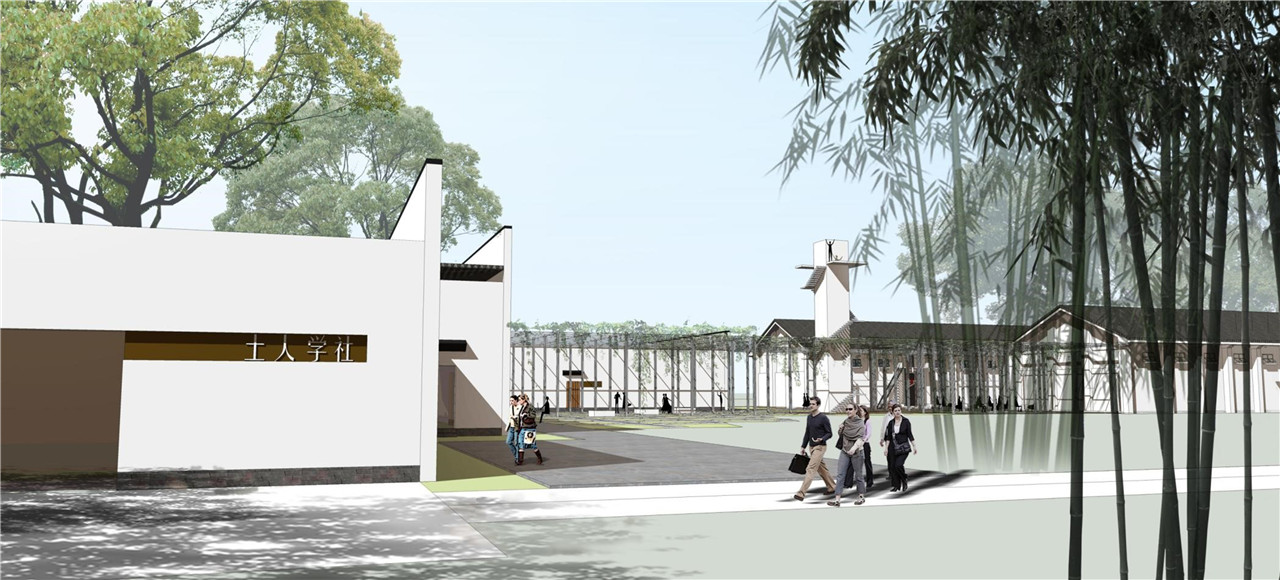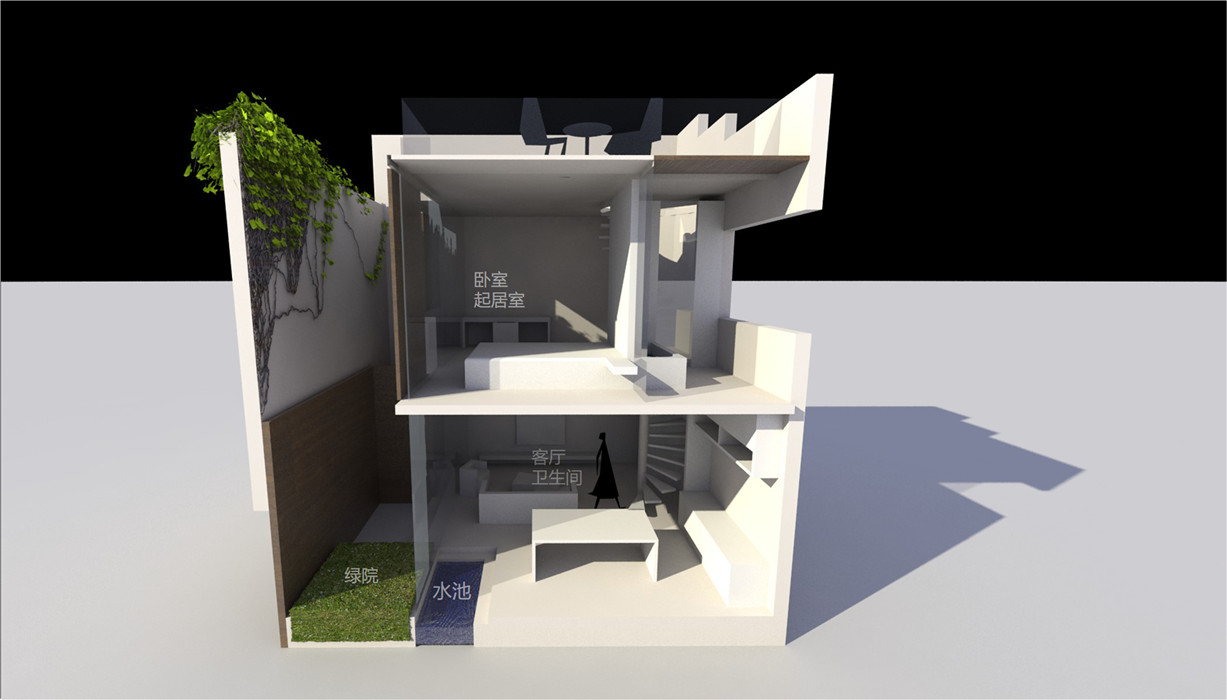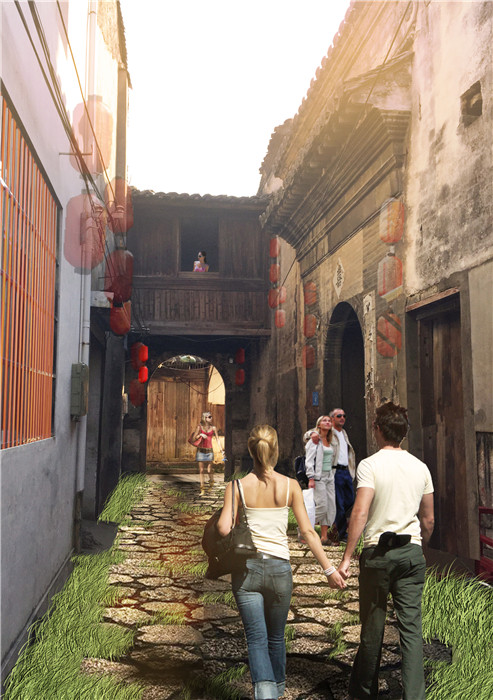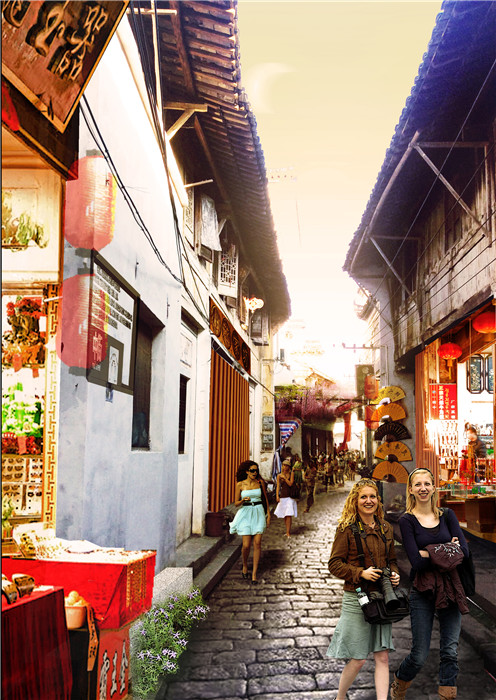Anhui Huangshan Xixinan Village Planning
Project Information
- Project Location:
- China Huangshan, Anhui
- Project Scale:
- 120 Hectares
- Design Time:
- November 2014
Project Profile
1. Project Statement
Xixinan Village is located in Xixinan Town, Huizhou District, Huangshan City, Anhui Province. It serves as the northern gateway to the new city of Huangshan and the southern gateway to the ancient village heritage tourism area of Huizhou District. The village boasts unique natural resources such as the Fengle River and bamboo farmlands, as well as rich water conservancy, garden, architectural, and intangible cultural heritage. This project aims to revitalize Xixinan, establishing it as a model area for showcasing ancient Huizhou culture in the "New Movement of Mountain and Countryside Integration," highlighting its important function as the "Huangshan Station."
2. Objective and Challenge
Development Challenges:
The village faces various urbanization challenges, including population loss and changes in villagers' occupations.
Policy Challenges:
As a new pilot town for the expansion of powers and strengthening of towns, Xixinan has many tasks to align with higher-level policies.
Ecological Challenges:
The development and protection of waterfront spaces need to consider ecological factors.
Cultural Protection Challenges:
Renovation and transformation of historical conservation areas face conflicts between old and new elements.
Homogenization Competition Challenges:
The small scale of the town faces strong challenges from nearby towns, such as Yansi Town, with Xixinan's regional position in the town network not being prominent and having weak radiation and service functions.
3. Design Strategy
The overall design adheres to the strategy of "conserving the heritage, integrating activation, coexisting old and new, and prospering together with the people," forming an overall structure of "One Belt, Two Rings, Four Zones." Through heritage conservation, cultural integration, and tourism development, the aim is to achieve cultural prosperity in the town and enrich the local population through tourism.
(1) Recreate the natural and authentic living landscape of the original residents and old life
- Preserve the irremovable historical town layout, main residential buildings, forests, and water bodies, while moderately increasing development land.
- Enhance the architectural style, improve landscape experiences, transform open spaces, and upgrade infrastructure to meet modern living needs.
(2) Add new functions to the ancient town to attract external tourists
- Activate the original rest resources around the Fengle River's water conservancy heritage patches, forming a water utilization system showcasing Lao Wu Pavilion, Wild Path Garden, and Orchard Patch.
- Assign Huizhou cultural display functions, linking Simu Ancestral Hall and Warehouse Patch by introducing a "Design Academy."
- Connect point-like tourism resources such as Xilong Zangyun, Ancestral Temple Arbors, Fishing Snow Garden, and the First Calligraphy Scroll in the World.
- Inject residential and tourism reception areas, comprising Time Village, boutique residences, and tourism support facilities.
4. Conclusion
This project aims to protect the current state of Xixinan while inheriting ancient Huizhou culture and promoting the regional leisure tourism economy. With the Fengle River landscape belt as the main thread, it will create an experience belt for ancient Huizhou water conservancy heritage. Centered around Xixinan Village as a tourist hub, it will develop a multi-dimensional tourism demonstration area integrating residential vacations, study tours, and Huizhou cultural experiences.
